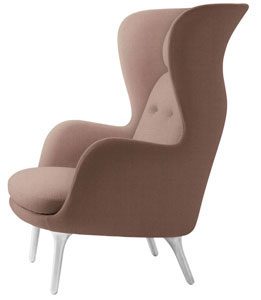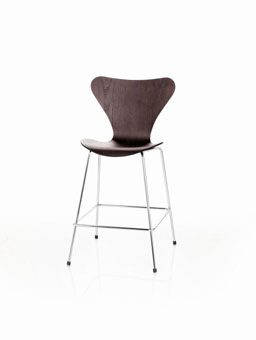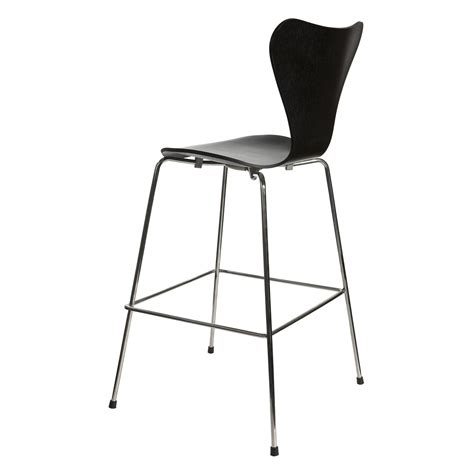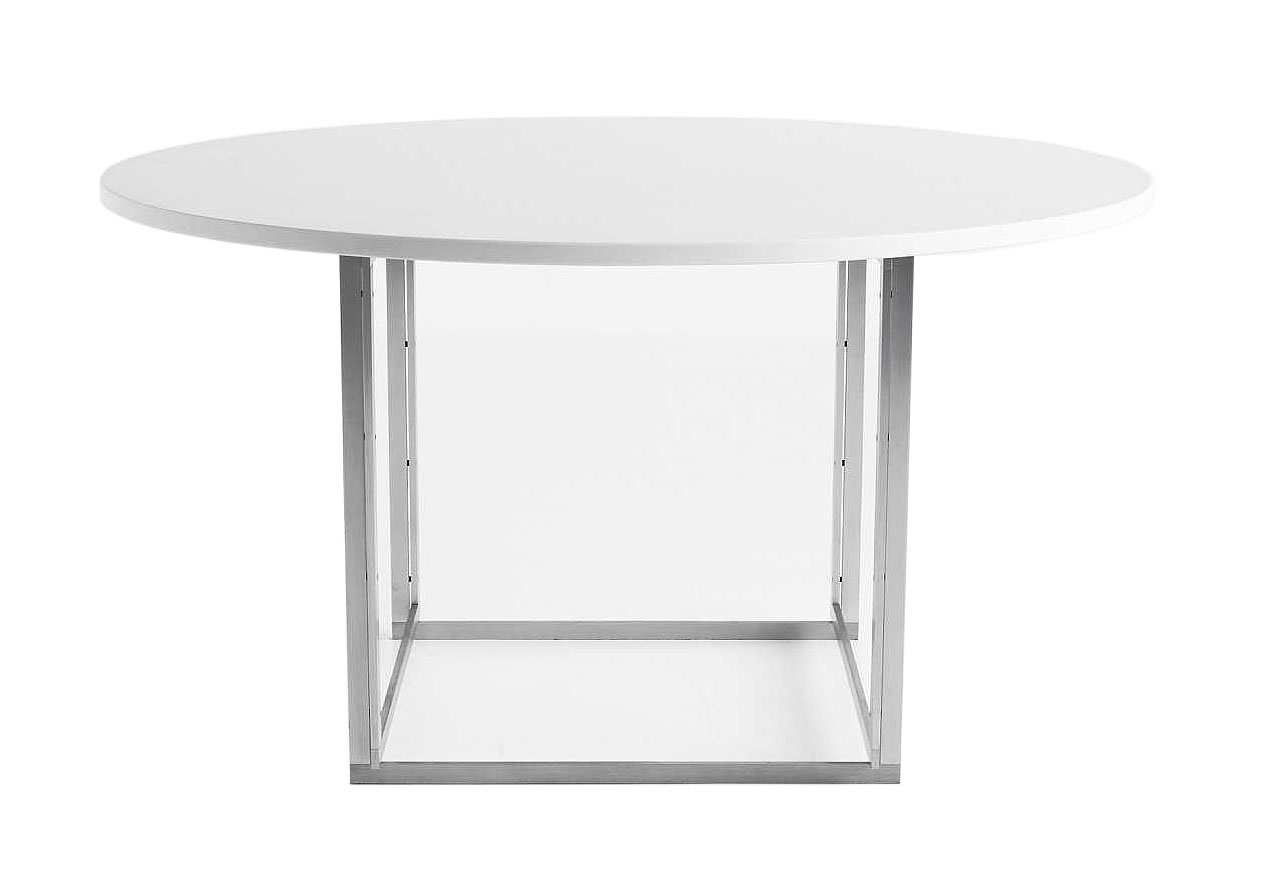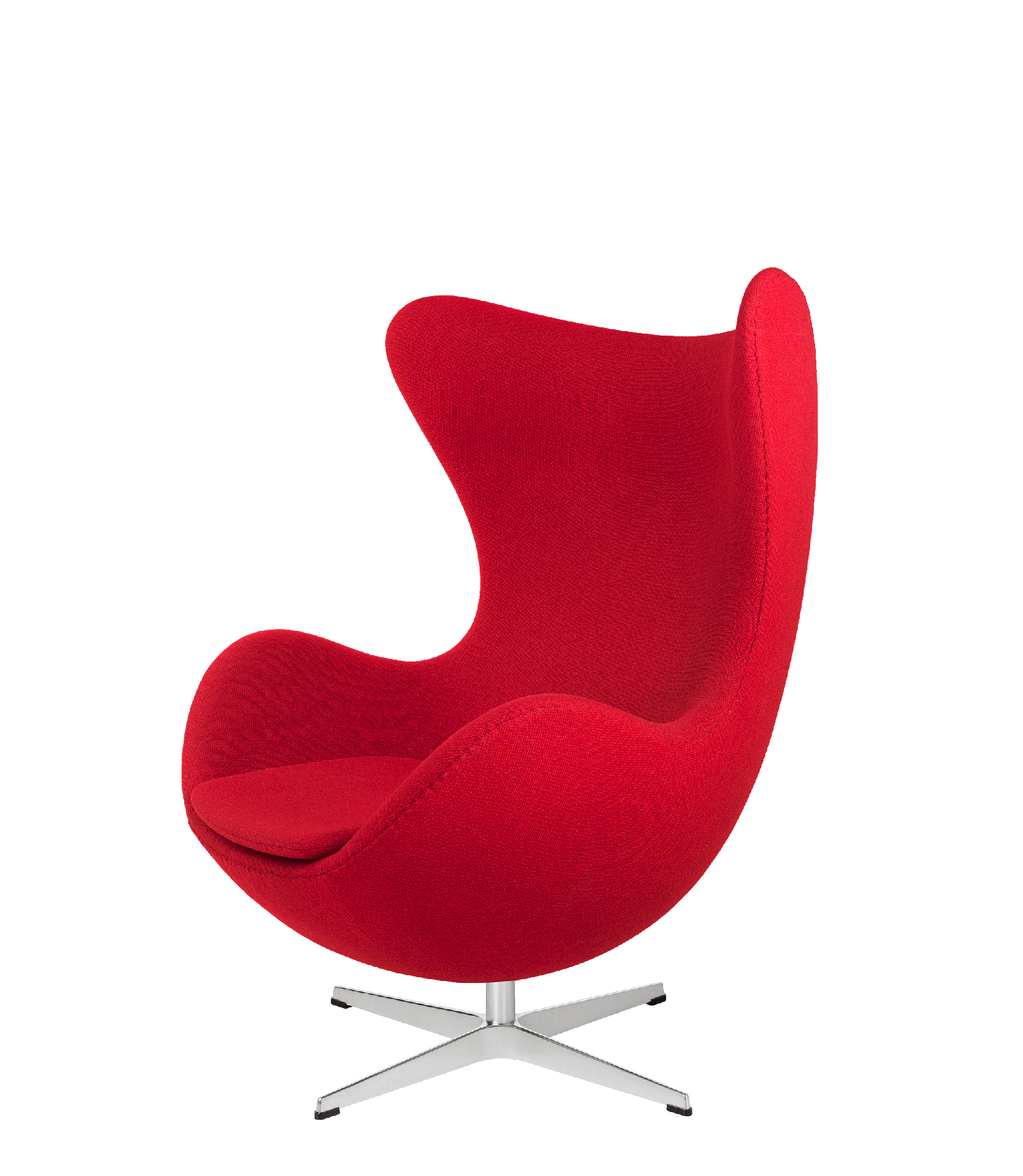RO EASY ARMCHAIR
SERIE 7 STOOL 3187 CROME/ BLACK
SERIE 7 3187 STOOL H.64 DARK OAK WITH LIGHT BORDER AND CHROMED STRUCTURE
PK58 ROUND TABLE Z19 FRITZ HANSEN
Tavolo Essay in Rovere Massiccio 272X100
PK61A TABLE 120X120 KJAERHOLM FRITZ HANSEN
Egg armchair fabric cat. 1 Arne Jacobsen Fritz Hansen
Coat hanger Tree
Fritz Hansen: Danish Design Par Excellence
The countries of Northern Europe have certainly brought an innovative perspective to design. One of the most interesting companies is Fritz Hansen, which this year (2022) celebrates 150 years. Its unmistakable and innovative style is also thanks to extraordinary collaborations with leading Scandinavian and international designers, each time giving a bold yet coherent interpretation to design elements.
The Origins of Fritz Hansen
It was 1872 when Fritz Hansen, a cabinetmaker from Nakskov, founded his company in Copenhagen. The decisive year, however, was 1885, when Hansen began furniture production and expanded it more and more, thanks to the high quality of handcrafted production, carried out by Hansen himself together with his son Christian—a trait that remained distinctive in subsequent products and periods.
During the first fifty years, the company completed important projects, furnishing buildings such as Christiansborg (the Royal Palace of Denmark, now the seat of Parliament and the Supreme Court), as well as the University Library and Copenhagen City Hall, among others.
The early 1900s saw Christian Hansen—who in the meantime had taken over the company from his father—innovatively experiment with steam-bending beech wood. The level was so high that by the 1930s Fritz Hansen became a global leader in the field, naturally evolving into sophisticated laminated wood production.
The hallmarks of Fritz Hansen’s style became the essentials of Scandinavian style, originally drawing on German functionalism and combining wood with materials like steel. From the late 1930s onward, production involved collaborations with the most important and avant-garde designers of Denmark and Northern Europe.
Successful Collaborations in 150 Years of Fritz Hansen
The first truly iconic Fritz Hansen piece dates back to 1936 and remained in the catalog until 2004. This is the Church Chair by Danish designer Kaare Klint. Equally iconic is another chair, the China Chair designed by Hans J. Wegner in 1944, followed the next year by a sofa featuring a spoked backrest by another innovative designer: Børge Mogensen.
The 1950s were dominated by the work of Arne Jacobsen, who had joined the company in 1934 and reached the peak of his career during this period. An architect and designer among the most important of the twentieth century, Jacobsen became famous with the laminated chair Ant, followed by the Series 7 chair and stool and other successful models, such as the Egg chair. This innovation introduced laminate into chair manufacturing and became historic.
In subsequent years, outstanding collaborations included, besides Arne Jacobsen, names like Bruno Mathsson, Piet Hein, and Verner Panton, to name the most significant.
In the contemporary era, partnerships expand to internationally renowned designers such as the Italian Piero Lissoni, Cecilie Manz, Jaime Hayon, and Kasper Salto. The hallmark of the contemporary period is the union of sculpture, design, and art, producing unprecedented forms.
Today, as at the beginning, Fritz Hansen maintains an innovative approach—starting with material handling, absolute quality of each piece, and the lines of Danish and Scandinavian design that it brought to prominence.

